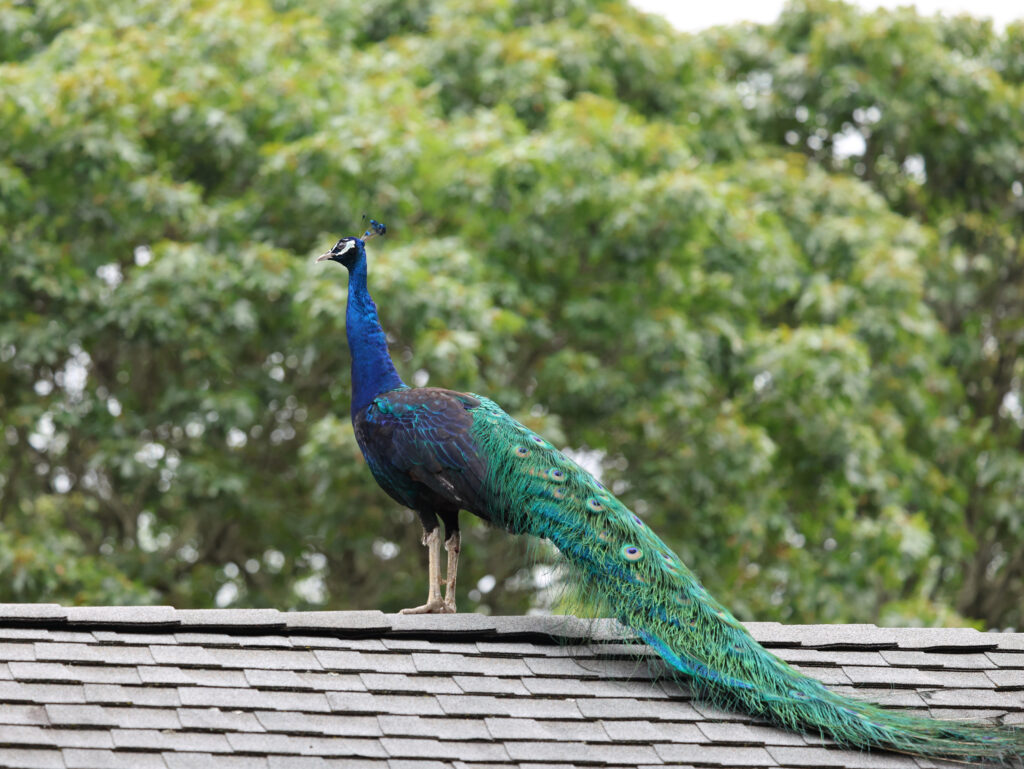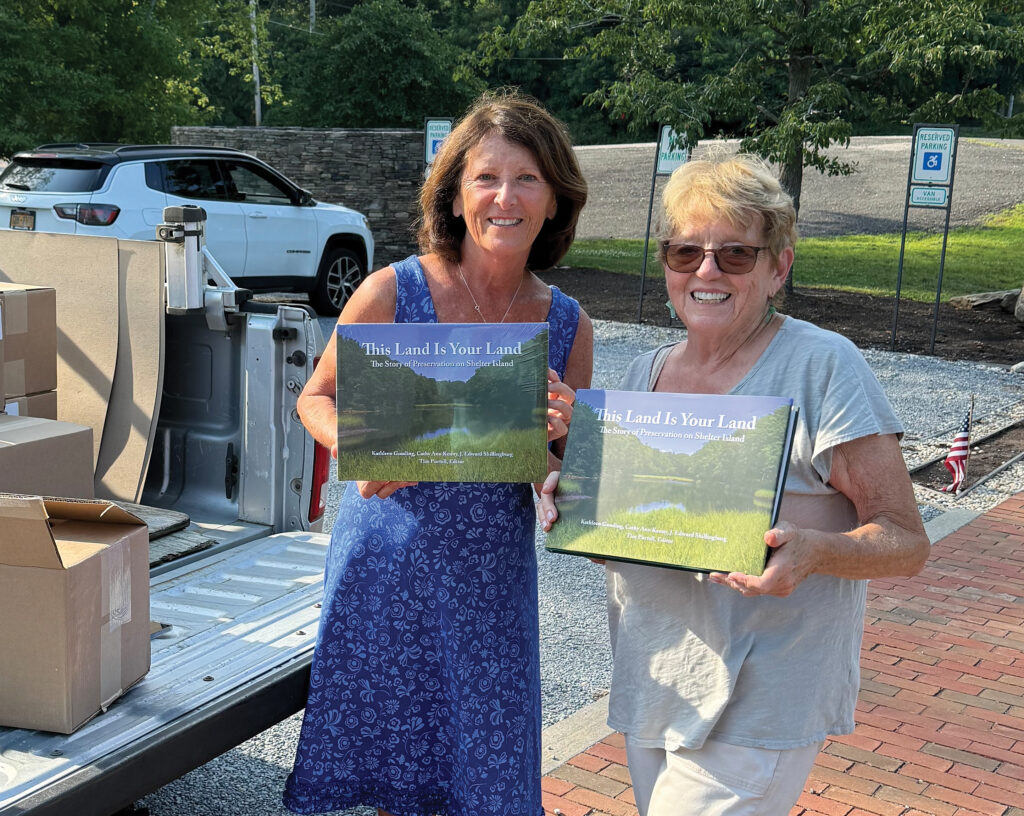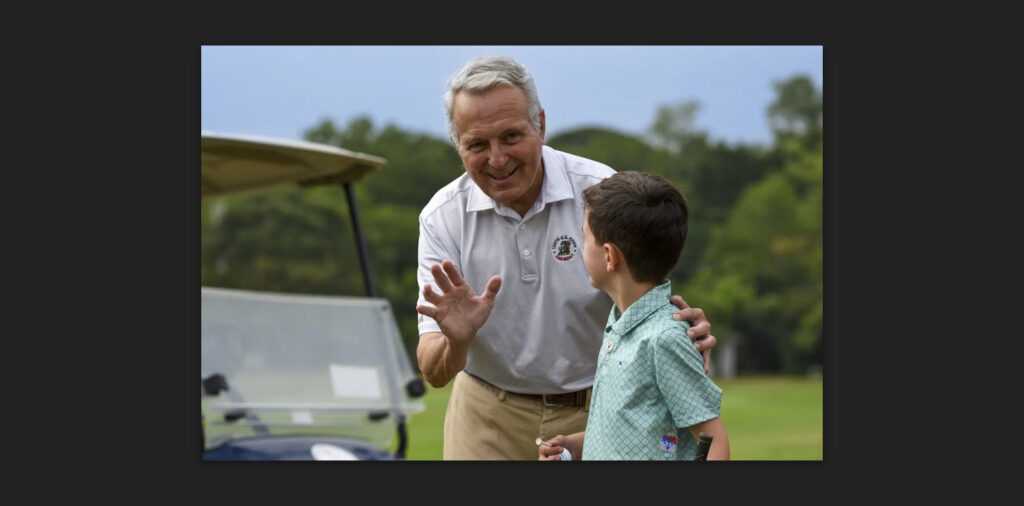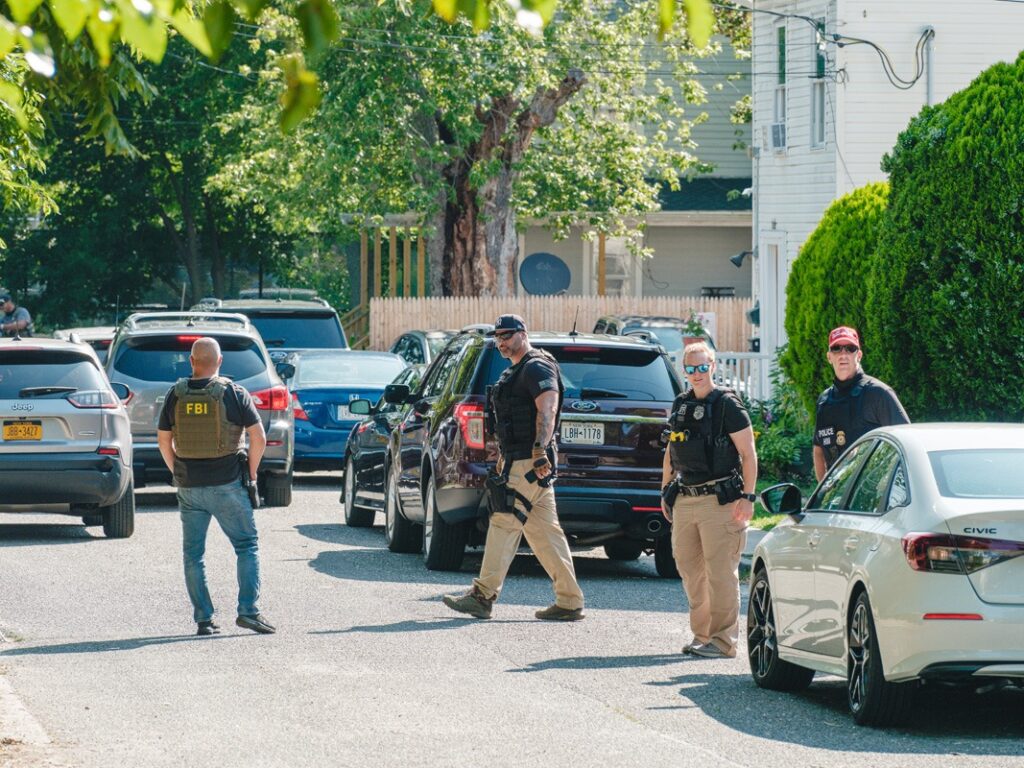Trees of Shelter Island, trees for our lives
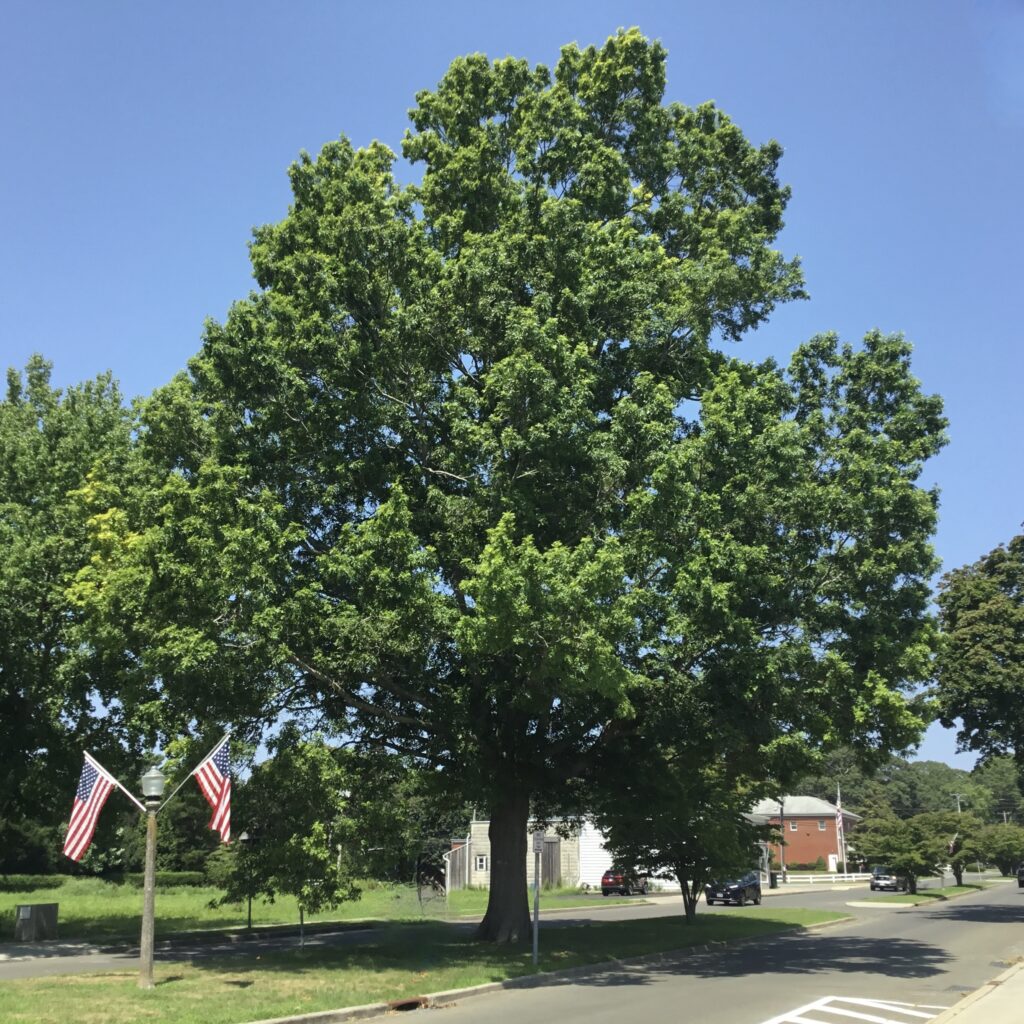
I first came to Shelter Island as a four-month-old in the summer of 1948 and spent many years here with my family as a summer person. Our house was surrounded by oaks. I no longer live in that house but many of those oaks, which were quite large at the time, are still there, which means they must be around 125 to 175 years old.
I now live next door to our former home and on the northern slope of our house, there are oaks that were only three to four feet tall when I was a child. We have grown together, and those trees now tower over our house. I’m now as old as a 40-foot-tall oak and these trees that I have known for so long will outlive me.
Every day I get to look at these trees and others in our neighborhood and marvel at their size, their resilience, and the bounty of their services. Oak trees are especially bountiful. According to entomologist and author Douglas Tallamy, oak species are one of the most ecologically valuable trees. They are host to hundreds of caterpillar species which are essential food for birds raising their young.
They are sturdy and obviously long-lived and, aside from the insects they attract, their acorns are valued by mammals and birds.
Trees provide shade, sequester carbon, reduce runoff, they’re majestic and they’re beautiful. Trees are mysterious. We are learning that they can communicate via underground fungal networks, the so-called the “wood wide web.” Some, like the redwoods and bristlecone pines are thousands of years old. What have they seen? Do they “think” and if so, what do they think?
For eons, trees have had cultural, sacred, and mythological meanings that continue to this day. We relish their fruits: apples in the fall, peaches in the summer. They reduce stress and illness in urban places. In Japan, “forest bathing” is a form of eco therapy.
Shelter Island is blessed with many woodlands and a variety of native and non-native species. We have an abundance of oaks and hickories.
White pines thrive in Sylvester Manor’s woods and in home landscapes. They were once so plentiful in the northeast that according to author Bernd Heinrich, “When the giant pines bloomed, wind swept the yellow pollen over the sea where superstitious sailors presumed it was raining brimstone.” Native dogwoods grace woodland understories and many of the Kousa dogwoods that line Route 114 were originally planted by the Shelter Island garden club.
Like the Kousa dogwoods, many of our trees have lovely flowers. The Magnolia grandiflora at Our Lady of the Isle has large, creamy flowers with a heady fragrance.
We have unusual trees, like the large monkey puzzle tree off Rt 114. Who hasn’t noticed the osage orange trees with their softball size, alien green fruit that was once consumed by now-extinct mammals? The dawn redwood at the Shelter Island History Museum and other locations is considered a living fossil. It was known only from fossil records until its rediscovery in China in the early 1940s.
In the 1990’s, Island resident Yioula van Rynbach recognized the value and beauty of our Island trees. She was also concerned about a perceived lack of appreciation for them. Healthy trees could be chopped down and areas could be indiscriminately clear cut.
In 1996, Yioula and several others founded Shelter Island Friends of Trees, a member supported 501 c3 nonprofit, with a goal of raising awareness of our Island trees and planting new trees in public places, mostly along roadsides. Since the year 2000, Friends of Trees has planted 124 trees in multiple Island locations.
We collaborate with the Town’s highway department to determine locations for trees. Friends of Trees purchases the trees and either the highway crew plants them when possible or we pay for the planting. The Town waters the trees.
To give some specific examples of how we work, in 2018, we planted 12 tulip trees in St. Gabe’s field to replace the dying Norway maples along Burns Road. At that time, Jay Card Jr. was the highway superintendent, and he suggested we plant the trees away from the road and power lines so that when the maples were removed, the tulip trees would be in place with several years growth. And because they were planted away from the wires, we wouldn’t have to worry about excessive pruning. We have repeated this successful strategy in several locations.
In 2020, on the advice of an Island arborist, we started planting linden trees along Nostrand Parkway to replace the dying Norway maples but to also re-introduce lindens, a tree that had once been prevalent in the area.
We plant memorial trees. Last year we planted two Kousa dogwoods along Rt. 114 at the school and at a corner of the assessor’s office. One was in memory of Carol Russell, who for years spearheaded the school’s Arbor Day program and who was responsible for selecting most of the trees on the school grounds. The other tree was planted in honor of beloved Town Board member Chris Lewis.
This year, at the suggestion of Ken Lewis, we planted five river birch along an area of Congdon Road that can get flooded.
One of the questions I often get is why don’t we plant more trees each year? The answer is watering. The highway department has a water truck, but we are limited by how much time the crew can spare to water the trees each week. And, depending on rainfall or lack of rainfall, we sometimes need to water more than usual. Trees usually need to be watered several times per week for three years until they’re established.
And, even then, sometimes during an especially hot dry spell we give a watery boost to trees that have been in the ground longer than three years. Maintenance of the trees, such as pruning, is shared by the Town and Friends of Trees.
We are always inviting the public to suggest locations for trees, keeping in mind that watering is key. Sometimes residents will help water. Last year, we planted six maples along Cobbetts Lane, and we are grateful to Peter Vielbig and Sara Gordon for watering those trees.
The state of trees on our Island is not entirely rosy. We are probably going to lose all of our American beech trees to Beech Leaf Disease. It’s caused by a tiny nematode that interferes with photosynthesis, eventually killing the tree. We can see signs of this destruction in our woods.
And, in recent years I am asked about tree clearing on the Island. This was Yioula’s concern many years ago and it’s a concern today. I wear several hats in my Island volunteer life. I am chair of the Town’s Green Options Advisory Committee and I’m a member of the Town’s Community Preservation Fund Advisory Board.
Two years ago, the subject of tree preservation came up at a Town Board meeting that inspired then-Town Board member Jim Colligan to create a subcommittee to research a tree preservation code on Shelter Island that balances preservation and property rights. Representing the subcommittee, I gave a presentation to the Town Board this past winter and we are awaiting word on how to proceed.
When Yioula asked me to join the Friends of Trees board and then take over as president, it was a great gift. I have always cherished trees but being part of an organization that plants trees is profoundly satisfying. In a world challenged by climate change, trees are more essential than ever. The trees we have planted are a pleasure to see when we walk, drive, or bike past them. But just as important, we are planting these trees for the future.
When I see the magnificent pin oak in the Town Center, I think: This tree was purposely planted years ago and now it’s huge and stately and wonderful.
Friends of Trees has been planting trees for many years, and I hope we can continue to plant trees for many years to come. We thank our members for their financial support, the Town, and the Trustees of Union Chapel.





